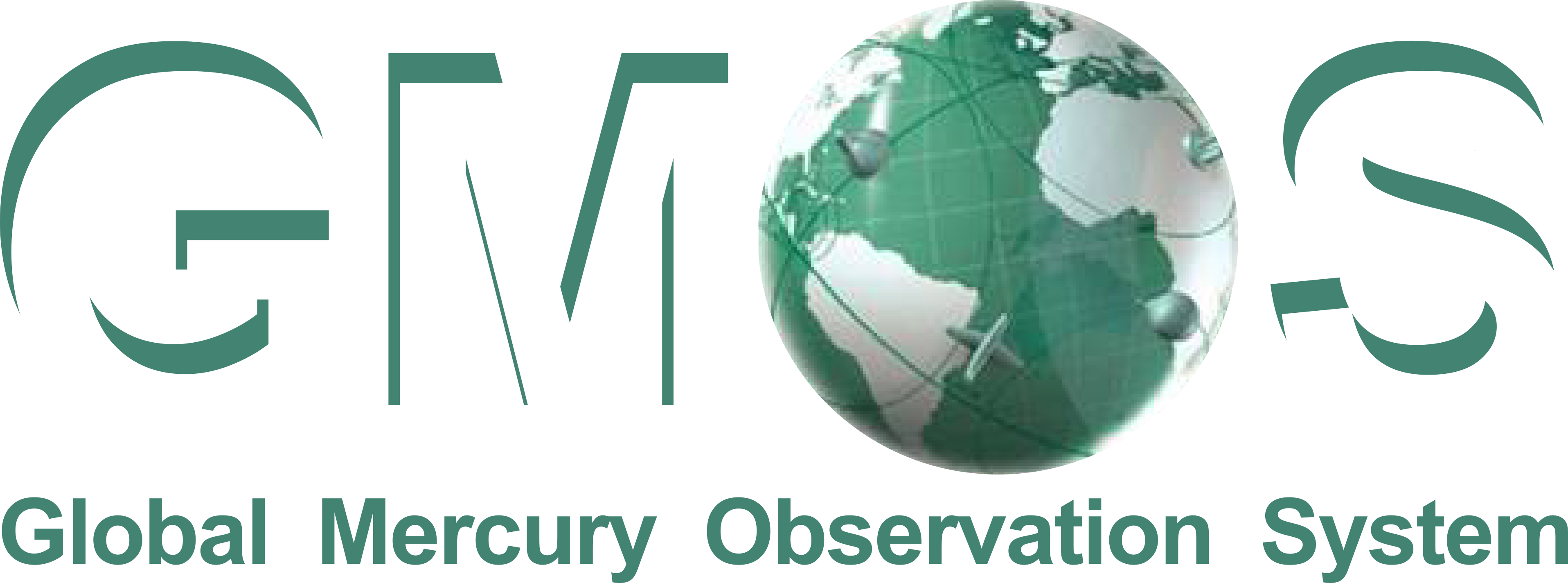Background
The GMOS program began in 2010 as the EU – FP7 GMOS project. The project’s aim was to establish a global mercury observation system, supported by a cyber(e)-infrastructure ensuring data validity and interoperability, emission scenario studies and by regional and global modelling.
The rationale behind the project was to broaden Hg observation capability, particularly in the southern hemisphere, in accordance with the now superseded GEO Task HE-02 “Tracking Pollutants”, to provide input to the negotiations of Intergovernmental Negotiating Committee following the adoption of Decision 25/5 by the Governing Council of UNEP, in February 2009, on the development of a global legally binding instrument on mercury.
The observation system established sites in places as remote as Amsterdam Island, Dome Concordia in Antarctica and at EV-K2-CNR just a few kilometres from Everest Base Camp, at over 5000m asl in the Himalayas.
The cyber(e)-infracture continues to provide real-time or near real-time data from the participating observatories and allows site operators to be alerted when their instruments are operating outside of the Standard Operating Procedure parameters.
Spatial Data Infrastructure gives access to data quality assurance and control tools, as well as providing tools for data mapping, plotting and analysis. The modelling studies, as a result of the scientific interest generated by the project, expanded rapidly from the original three groups, to become the ongoing GMOS Mercury Modelling Task Force, involving numerous modelling groups from around the world.
This has allowed the unique dataset the program delivers to be shared and used by the scientific Hg community around the world. As mentioned above the project contributions to the INC seesions that led, at the fifth seession of the INC in January 2013 to agreement on the text of the Minamata Convention on Mercury, which was then adopted at the Conference of Plenipotentiaries in Kumamoto, Japan on 10 October 2013.
Data Measurements
The GMOS network defined the Standard Operating Procedures to measure atmospheric mercury as total gaseus mercury (TGM) or as speciated atmospheric mercury (GEM – GOM – PBM). Below you can find them
